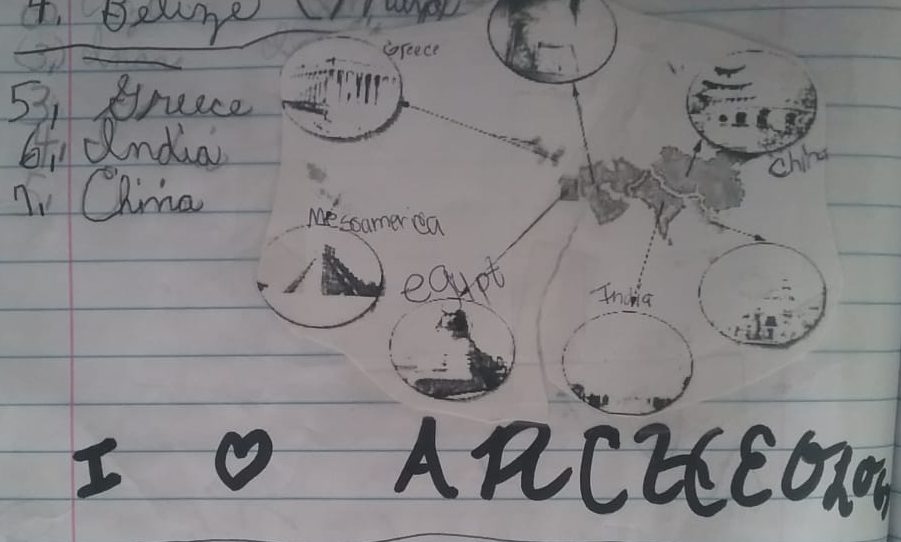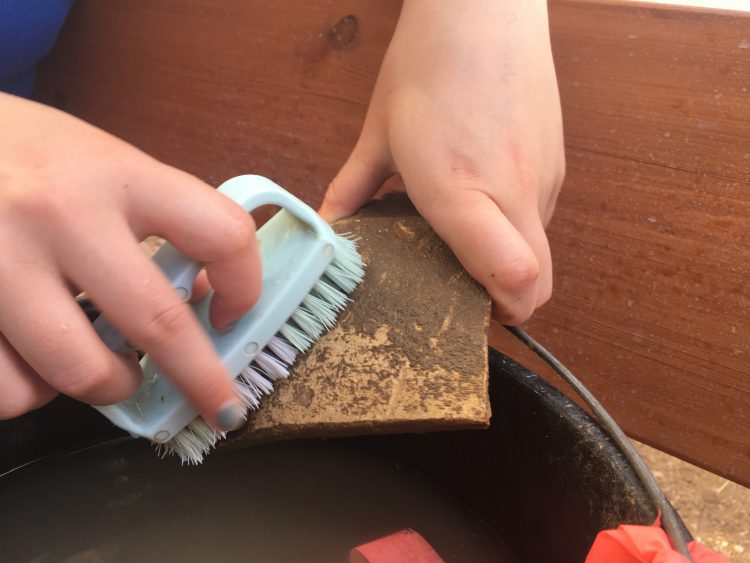On Tel Akko Fear is Definitely not a Factor.
By Tasheana Bythewood.
Finding out I was going to be able to go to Israel and practice my passion for history and material culture up close and personal was a dream come true! Actually, going to Israel and living among the beauty of the old and new city for a month was life changing for me. I was able to explore my passions within archaeology and see what worked well for me and what didn’t. My biggest fear in coming to Akko was the bugs. I spent countless hours in the US googling “What kind of bugs can you find in Israel?”, this led to me falling down countless YouTube blackholes from videos of scorpions to tarantula hawk stings. While I did encounter scorpions on the Tel they were small and actually really underwhelming. I figured the best way to get over my fear of bugs in Israel was exposure therapy. I went to the Tel and oftentimes tried to find the oddest, grossest, and/or scariest bug that I could find and get a really close picture with my crappy iPhone 6 Plus camera (I refuse to give up the headphone jack).
Overtime the bugs became less frightening and more interesting. On the Tel I often told myself ‘just imagine you’re on fear factor and the million-dollar prize is getting to do archaeology’, It worked. Every time I got a picture of a bug I’d pretend I won and tell myself that “On the Tel Fear is not a Factor”. I had the absolute best time of my life on the Tel, I’ve met great people, and have a new love for pottery and archaeology thanks to my time in Israel, it was everything I could have asked for and more.
Facing my entomophobia was another plus side that I never considered could be a possibility on this trip. I don’t know if I’ll ever be 100% cured but I went in terrified and came out well… less terrified so I’m going to take that as a win! Thank you, Akko, for being the best time of my life and thank you Total Archaeology for broadening my horizons!



